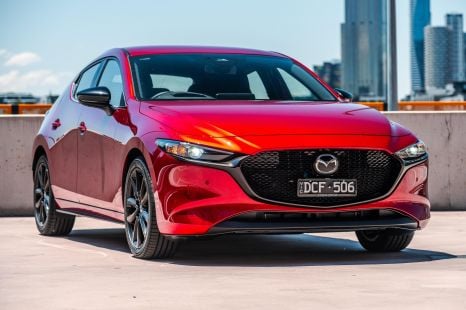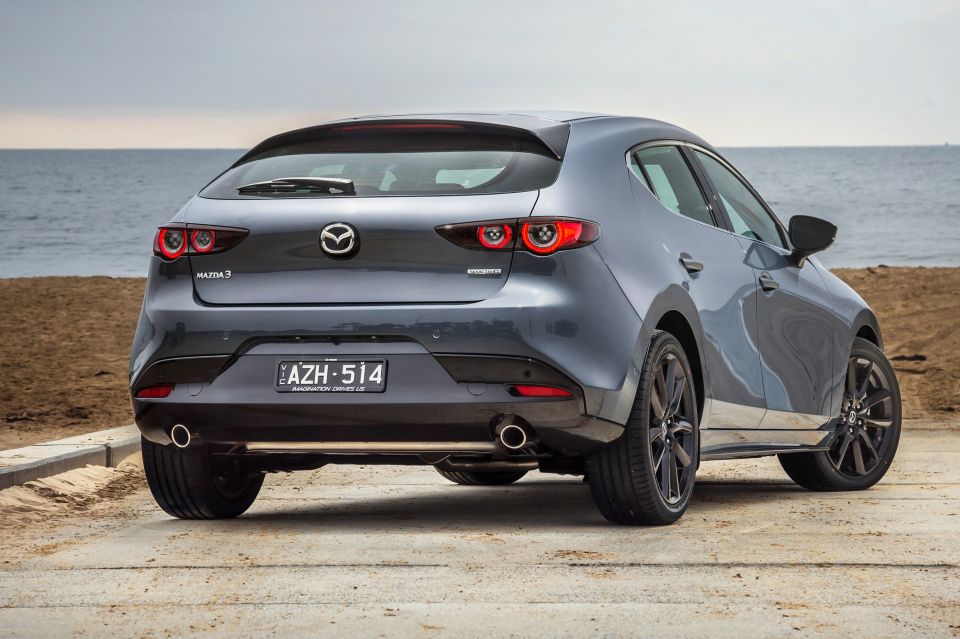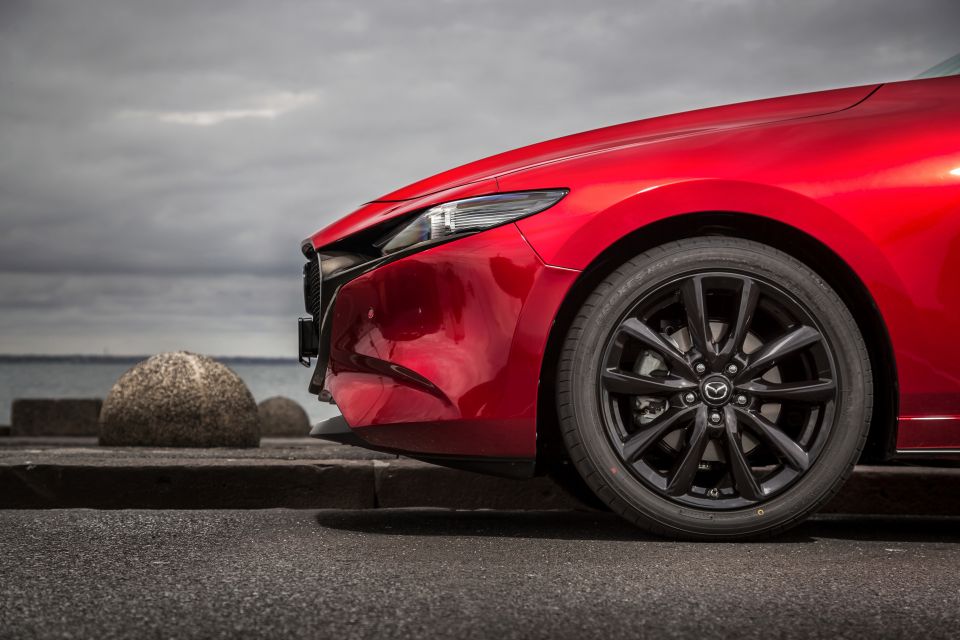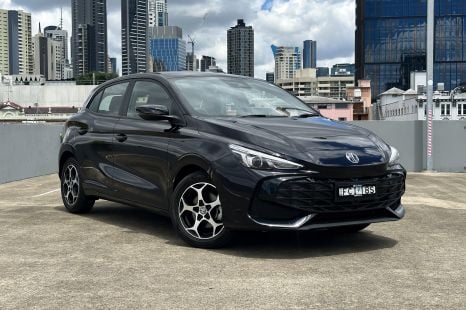

Josh Nevett
2025 Mazda 3 G25 Evolve SP review
2 Months Ago

Contributor
Mazda is trimming back the number of manual options available in its sprawling Mazda 3 range.
Prospective buyers and Mazda dealers have confirmed to CarExpert the X20 Astina won’t be offered with a manual going forward.
Buyers also won’t be able to combine the Vision Technology package option with a manual transmission for the 2022 model year.
Very few buyers opt for a manual transmission and the package, which brings extra active safety equipment to Mazda 3 Pure, Evolve, Touring, and GT models.

From January to July 2021, Mazda has sold just 21 sedans and 44 hatchbacks equipped with both a manual transmission and the Vision Package.
In contrast, automatic Vision Package-equipped models counted 463 in the sedan and 833 in the hatch.
The contents of the package (surround-view camera, front parking sensors, cruising and traffic support, driver attention monitoring) are standard on the Mazda 3 Astina.
Buyers who want the full safety suite and three pedals can still get the G25 Astina with a manual transmission.

Although the change more than halves the number of manual options, Mazda still offers six distinct variants with a stick shift in its 3 range – or 12, if you consider the fact all are available with a choice of hatchback and sedan bodies.
Three (Pure, Evolve, Touring) feature the smaller 2.0-litre engine (G20), and three (Evolve, GT, Astina) have the more powerful 2.5-litre (G25).
The range-topping X20 model, with its innovative spark-guided compression ignition engine, is no longer offered with three pedals.
Mazda sold just two manual X20 Astina sedans and seven hatchbacks from January to July 2021, against 20 and 86 examples of the auto, respectively.

It’s not clear if Mazda will bring any more changes to the 3 range for 2022, or whether the manual cull is its only adjustment.
Manual models have accounted for 3.83 per cent of sedan sales and 5.4 per cent of hatchback sales this year, or 4.9 per cent of total Mazda 3 sales.
The slimmer range of Mazda 3 manual models is in keeping with a broader market shift.
In the year 2000, more than a quarter of passenger car sales and more than a third of SUV sales were of models equipped with a manual transmission.

10 years later, those figures were down to 22.81 and 16.32 per cent, respectively, according to figures supplied by the Federal Chamber of Automotive Industries.
By 2020, it had sunk to just 5.07 per cent of passenger cars and 1.15 per cent of SUVs.
Just 11,282 manual-equipped cars and 5271 SUVs were sold last year, a dramatic drop from figures of 168,414 and 45,880 in 2000.
MORE: By the numbers – the decline of the manual transmission MORE: All the cars you can buy in Australia with manual
Where expert car reviews meet expert car buying – CarExpert gives you trusted advice, personalised service and real savings on your next new car.
Scott Collie is an automotive journalist based in Melbourne, Australia. Scott studied journalism at RMIT University and, after a lifelong obsession with everything automotive, started covering the car industry shortly afterwards. He has a passion for travel, and is an avid Melbourne Demons supporter.


Josh Nevett
2 Months Ago


William Stopford
2 Months Ago


Josh Nevett
1 Month Ago


Josh Nevett
1 Month Ago


James Wong
1 Month Ago


Matt Campbell
28 Days Ago